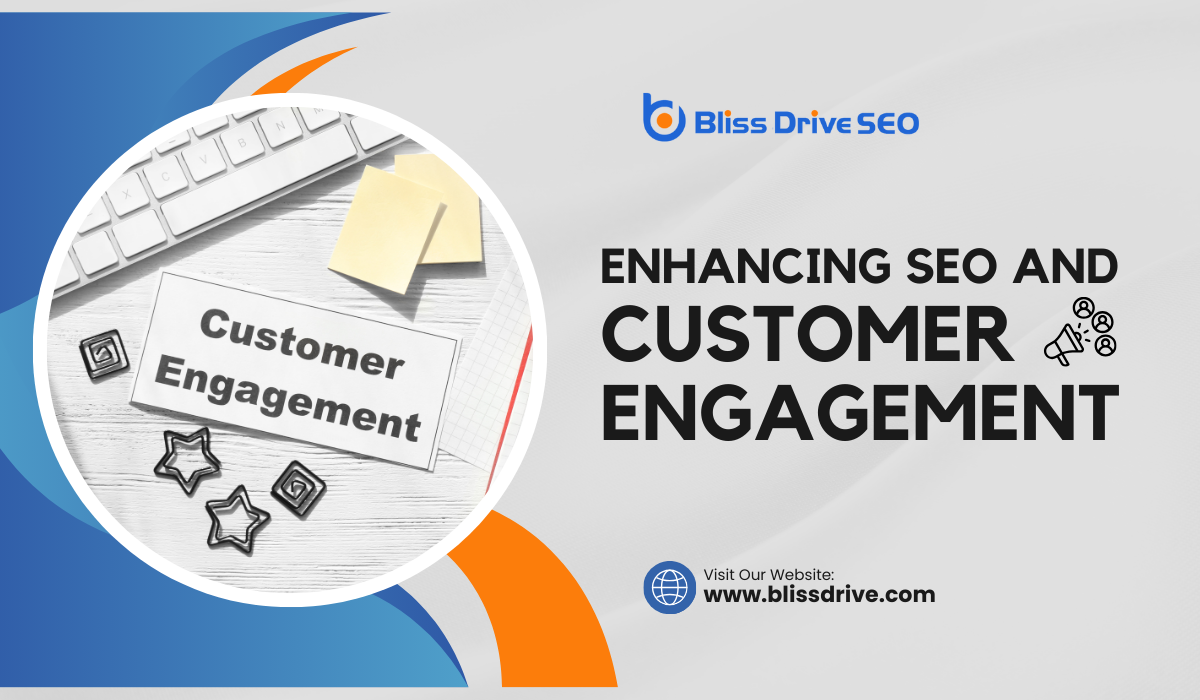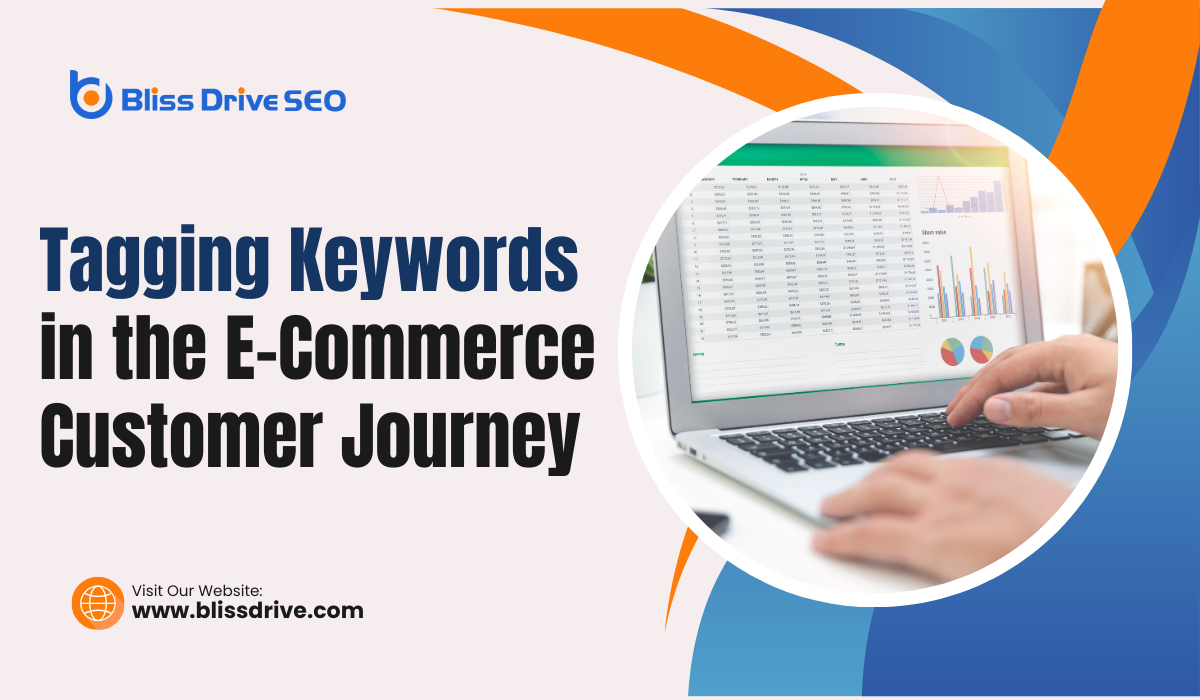Digital Marketing Services
Learn More About Us

In today’s digital world, understanding the e-commerce customer journeyThe complete experience a customer has with a brand, from initial awareness to post-purchase interac... is crucial for success.
This journey begins when customers realize they need something. The journey continues even after they make a purchase.
In this article, let's take a look at this journey. We will cover:
Continue reading to learn more!
The customer journey begins when someone realizes they need something. For example, an item they're missing, a lifestyle improvement, or a fix for a work-related issue.
E-commerce follows a similar path, especially for big-ticket items like furniture or home decor.
The customer journey covers the whole experience from the first visit to a brand's online store to the final purchase.
It's important to grasp the five stages of the customer journey:
This shows that the journey extends beyond buying, with service and loyalty as key parts.
A customer journey map for e-commerce is a visual tool that outlines a customer's complete experience with an online store. This starts from the initial interaction to the final purchase and beyond.
It allows businesses to identify and enhance the various touchpoints throughout the customer's purchasing process.
Developing this map offers valuable insights into customer behaviors, preferences, and obstacles. These insights help businesses tailor their marketing strategies, products, and customer supportServices provided to assist customers before, during, and after a purchase to ensure a positive expe... to improve customer experience.
Understanding the buyer's journey is crucial in e-commerce, and SEO is key at every stage of the conversion funnelThe stages a customer goes through from initial awareness to final conversion..
Here's how SEO aligns with the five stages to improve the online shopping experience and increase sales:
The funnel begins at the awareness stage, where potential customers learn about your brand or products. SEO techniques help grab their attention.
These methods boost visibility on search engines, social media, and through referrals.
During the consideration stage, SEO becomes critical as consumers research and compare different products or services.
Make sure to optimize product pages and improve the user experience to engage potential buyers.
The conversion stage is vital in the funnel, where a visitor purchases.
Streamlined checkout processes and compelling product descriptionsDetailed information about a product, including features, benefits, and specifications. play roles in ensuring successful conversions.
At this stage, users often seek validation for their choices. They look for content that justifies their spending by emphasizing pricing and value.
Decision-making can be quick, but high prices or unclear product details may slow it down.
Your content acts like a reassuring friend, like someone complimenting, “That dress looks great on you,” during shopping.
User reviews, expert reports, or influencer videos are this friend’s feedback and help in the decision process.
After a purchase, the focus turns to keeping the customer. This ensures long-term success and brand loyaltyThe tendency of consumers to continue buying the same brand's products or services..
Strategies to follow during this state include communication and providing outstanding customer service. You can also offerThe specific product or service being promoted by affiliates. incentives for repeat purchases. These efforts can strengthen the relationship between the customer and the brand. It encourages loyalty and ongoing engagementThe interactions that users have with a brand’s content on social media..
In the advocacy stage, happy customers become brand advocates. Leverage their positive experiences by encouraging reviews, testimonials, and word-of-mouth referrals.
This tactic helps attract new customers and spur the growth of your e-commerce business.

Understanding your customer's journey is key as you start tagging keywords for your e-commerce platform.
Here’s a step-by-step guide on how to tag your keywords for an e-commerce site that sells sneakers using Google Sheets:
First, focus on identifying the main product keywords relevant to your inventory.
Set up a tab named ‘Journey Stages’ in your spreadsheet. Use this tab to create a data validation drop-down list, making selecting and assigning stages to each keyword easier.
This helps maintain clarity and consistency across different teams. It ensures everyone understands the tagging process and the relevance of each stage.
Use the ‘Stages’ tab to categorize keywords according to parts of the customer journey. For an e-commerce site selling sneakers, focus on these stages leading up to the purchase decision:
Set up a spreadsheet for keyword tagging. This can streamline the process of keyword mapping for your e-commerce store.
Here's a guide to help you tag keywords that align with the different stages of the customer journey:
Begin by identifying keywords that align with specific stages of the customer journey. For instance, terms like “best” or “reviews” typically belong to the “Consideration” stage, while keywords combining brand names with product names often indicate a readiness to purchase.
Ensure you have a 'Stages' tab and a column next to 'Volume' to start tagging your keywords.
Add a "Filter" in your spreadsheet to sort by common words and tag keywords accordingly.
For instance, you might use a formula to count the number of words in a keyword
Use an “IF” formula to assign stages based on word count and specific keyword attributes:
Here’s an example of a formula that might look like this:
=IF(ARRAYFORMULA(PROPER(IFNA(REGEXEXTRACT(LOWER(A4), LOWER(TEXTJOIN("|", 1, Brands))))))<>"",Stage!$A$5,IF(D4=1,Stage!$A$2,IF(D4=2,Stage!$A$3,Stage!$A$4)))
This formula checks if the keyword contains any brand names listed in a "Brands" array. If it does, it tags the keyword as "Conversion".
If not, it assigns "Awareness of Need", "Consideration", or "Solution Selection" based on the number of words in the keyword.
Once you understand the keywords and their stages, you can use this data to make smart marketing decisions and create content that resonates with your audience.
In e-commerce, users rely more on website support than on a sales team, unlike in B2B.
This requires more careful consideration of content for e-commerce.
The journey includes touchpoints like social media adsPaid advertisements that appear on social media platforms. and website interactions. Content must guide customers and prove your site's trustworthiness.
Delighted customers boost website engagement, important for SEO. Offer unique rewards and create memorable experiences.
Use urgency to increase click-through rates and site engagement. Highlight limited products and use timers for sales.
Surveys tailor content to user preferences, possibly increasing traffic. Use feedback for site improvements.
Display testimonials and encourage user content to boost reputation. Reputation affects search engine rankingsThe position at which a website appears in the SERP..
PersonalizationTailoring content and offers to individual users based on their behavior, preferences, or demographi... improves user experience and SEO metrics. Tailor content and interactions based on customer data.
Applying these strategies allows you to optimize each stage of the e-commerce customer journey. This will help ensure that your website attracts and retains customers. Ultimately, this will leadA potential customer referred by an affiliate who has shown interest in the product or service but h... to higher conversions and customer loyaltyThe likelihood of customers to continue purchasing from a brand over time..
Enhance your content marketing strategy with Bliss Drive's expert services. Let us help you boost your online presence and drive more engagement today!
